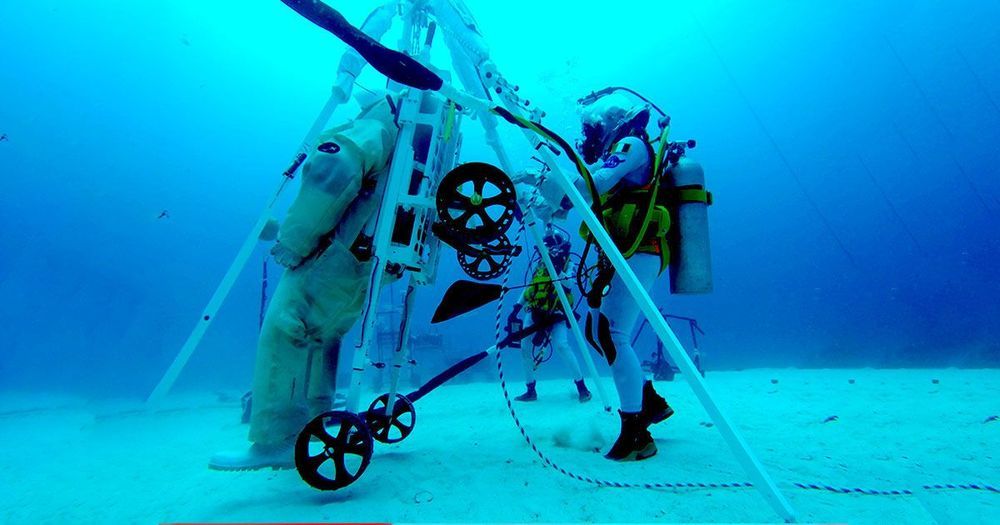A group of Traverse City students will kick off their summer vacation with an otherworldly experience – making radio contact with the International Space Station and interviewing NASA astronaut Nick Hague live as he’s in orbit. The special event is one of several opportunities for students to participate in science, nature, and STEM programs this summer in Traverse City.
The Traverse Area District Library’s (TADL’s) Summer Reading Club was chosen through a national competitive application process to be one of 13 U.S. organizations that will host a radio contact event with the International Space Station (ISS) between now and December. Only three libraries were selected, and TADL is the only Michigan-based organization invited to participate. “The closet other events are in Pennsylvania and Missouri,” says TADL Marketing and Communications Manager Matt Wiliford.
Students will talk with ISS crew members via amateur radio on Friday (June 28) from the McGuire Room at the library. Doors will open at 9am, with the event starting at 9:30am. Former NASA astronaut Greg Johnson will be in attendance to discuss his own trips to ISS, then members of the Cherryland Amateur Radio Club will provide an overview of the equipment being used to make radio contact with ISS. At 10:02am, direct radio contact will occur between NA1SS (ISS) and W8TCM (Traverse City). Eight students have been chosen to ask one question each of their own, then a second question submitted by community members through the library’s “Ask an Astronaut” submission contest. TADL staff helped curate the questions to cover a variety of topics and provoke thoughtful conversation, according to Wiliford.








